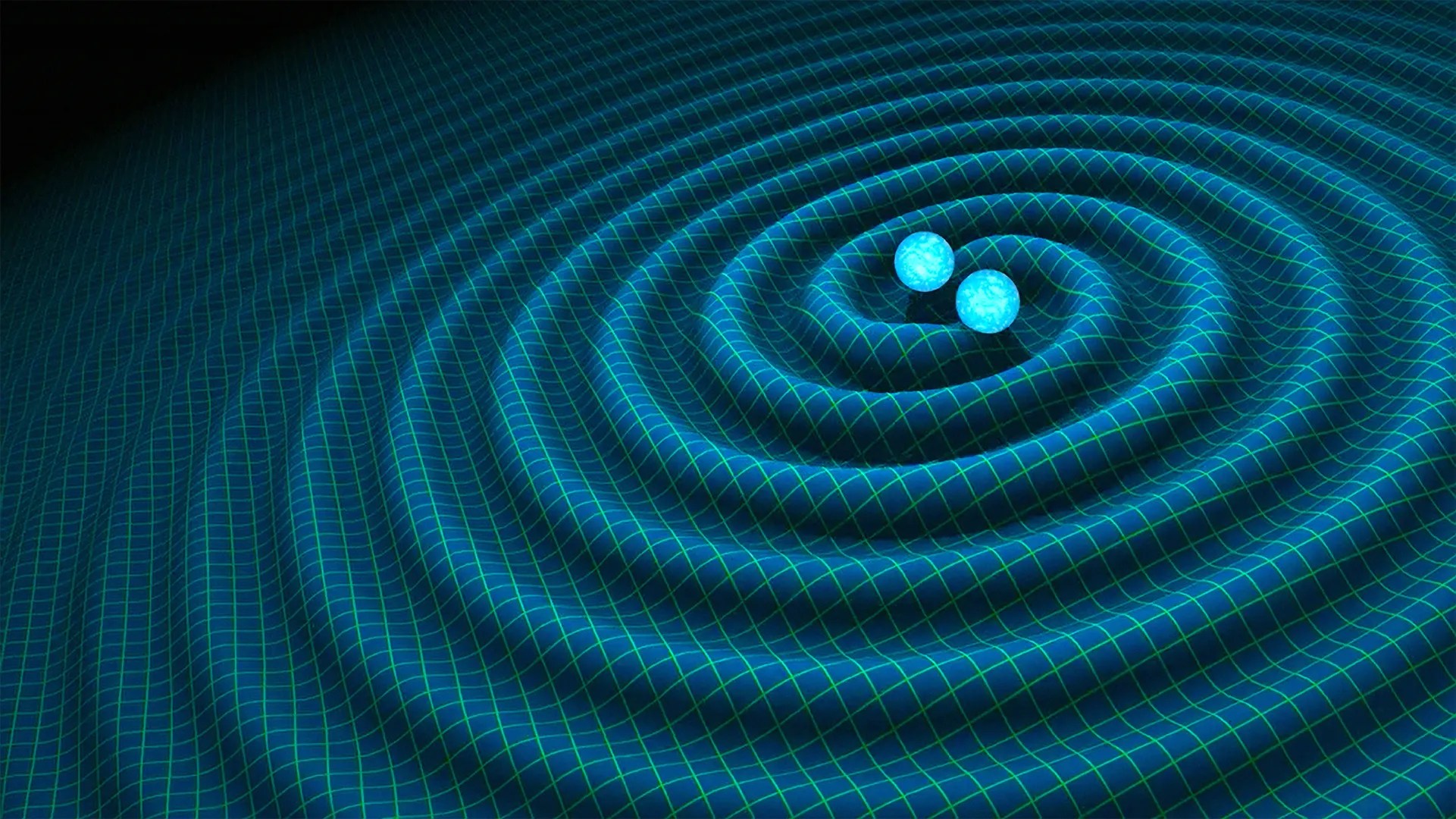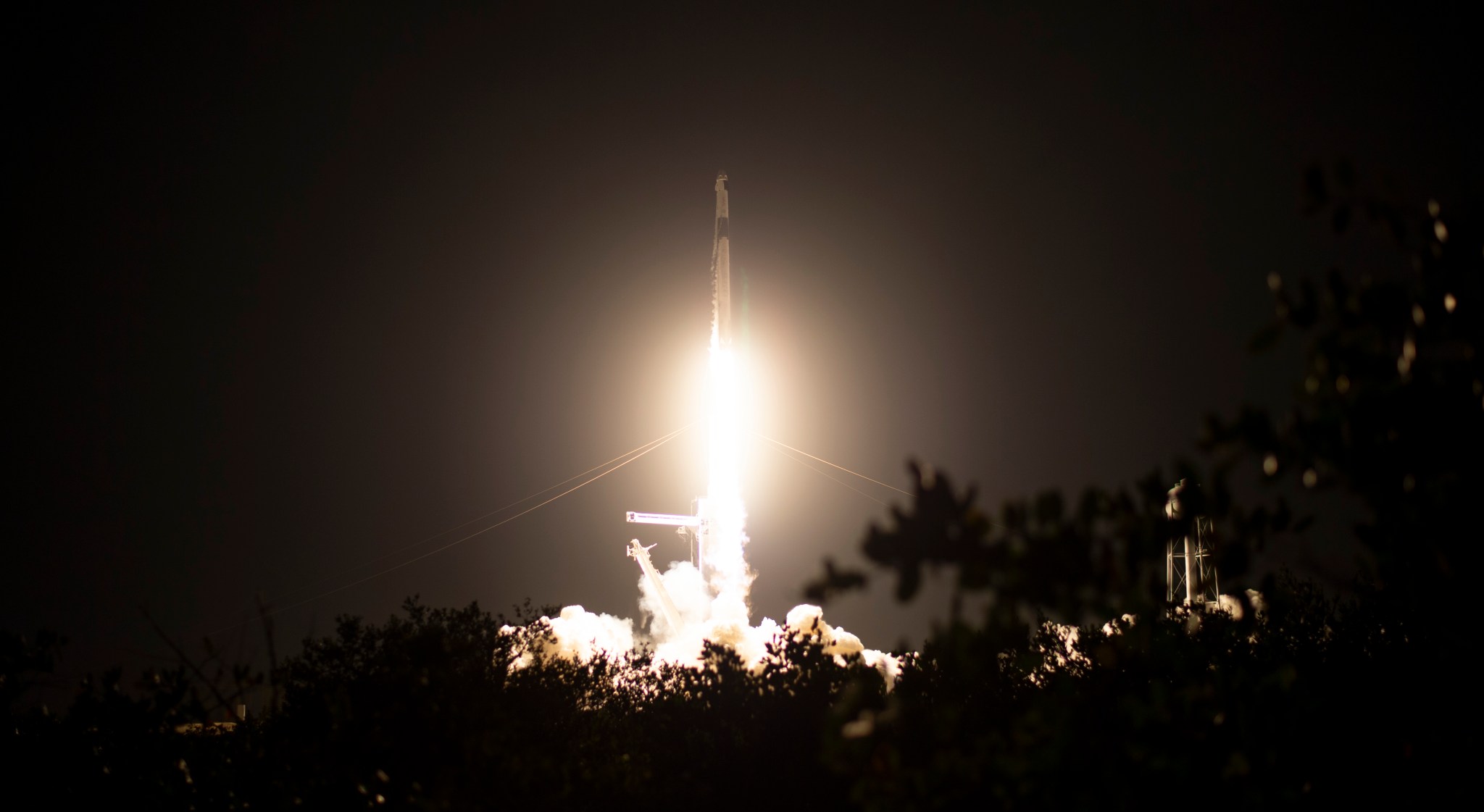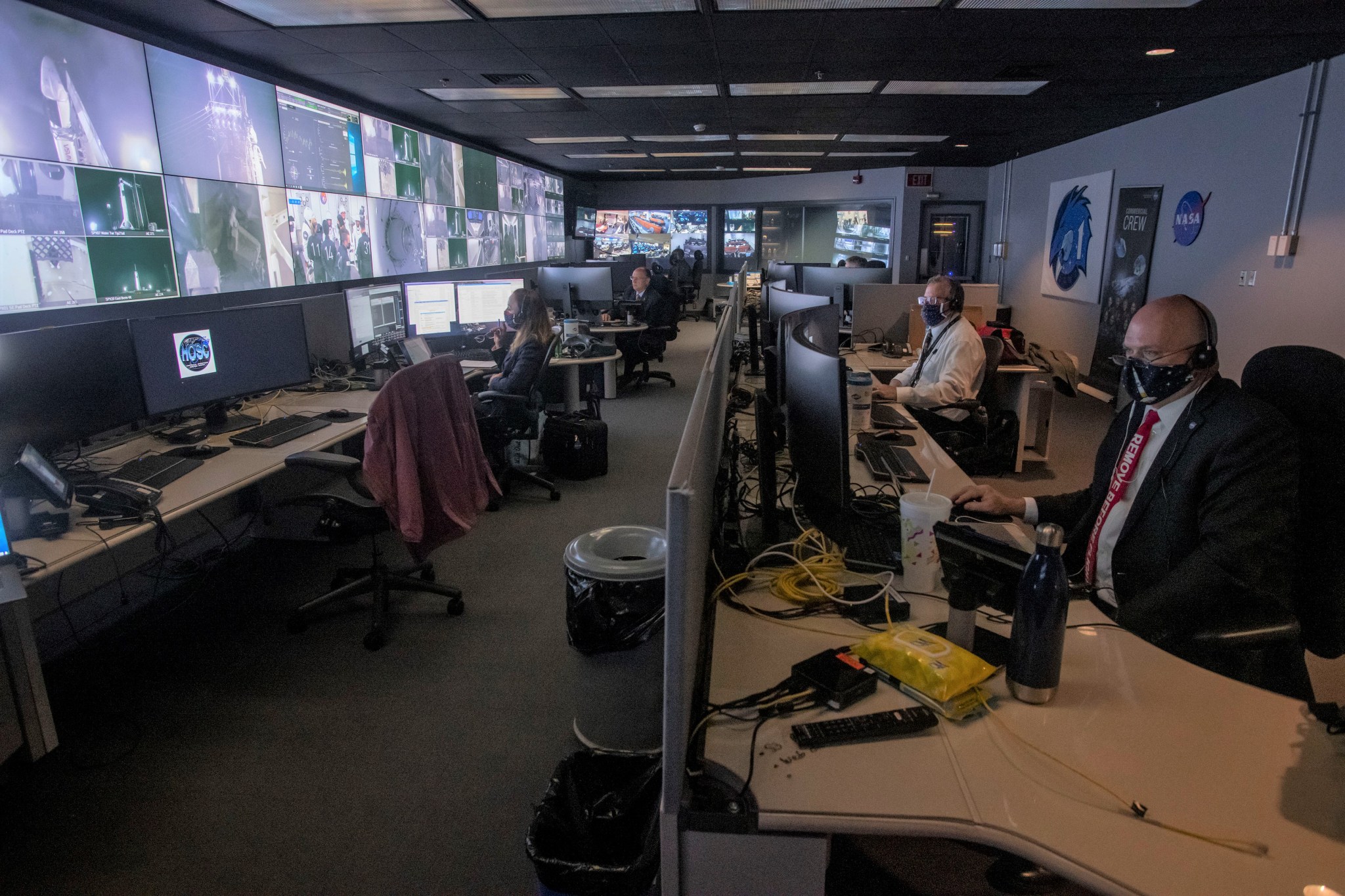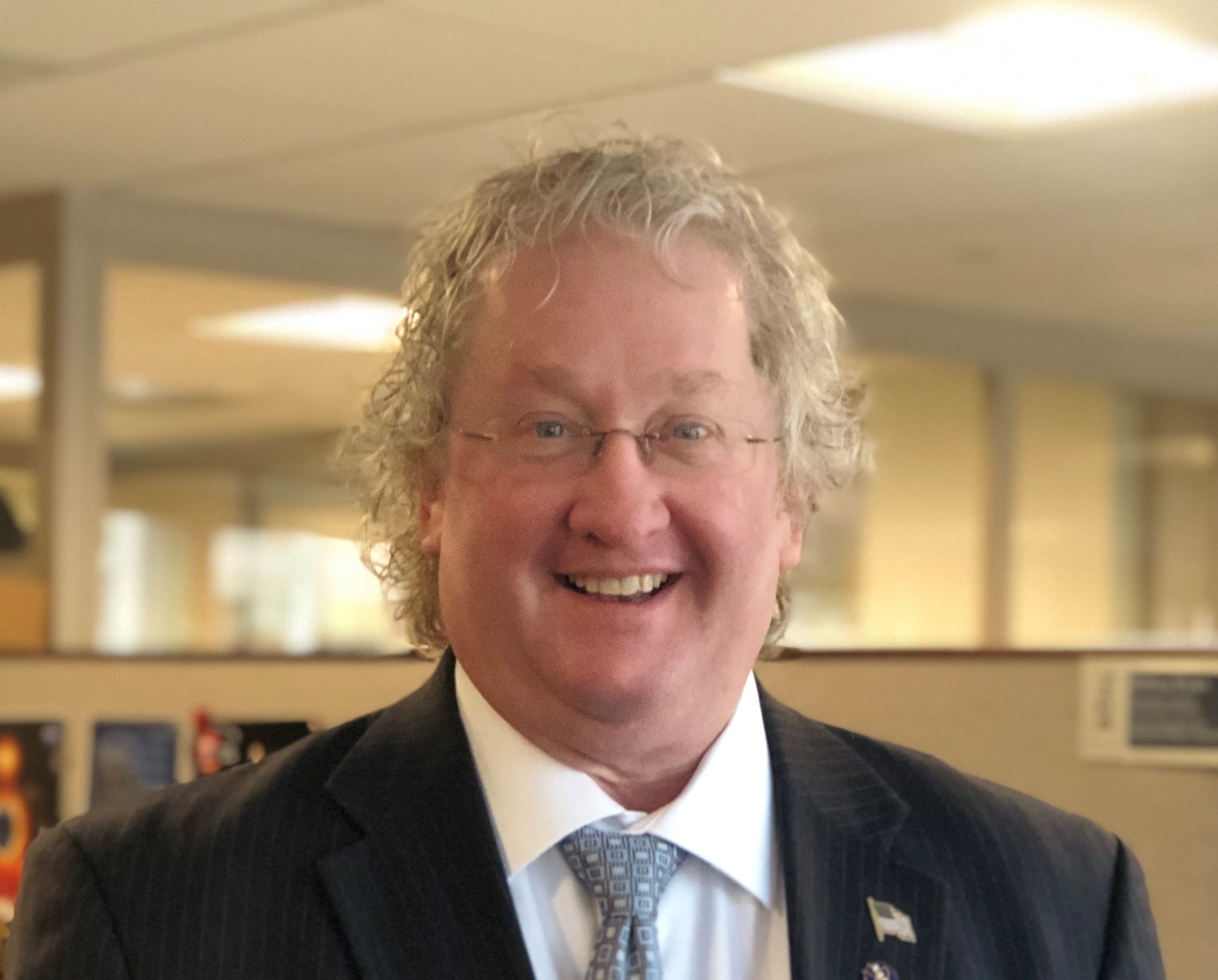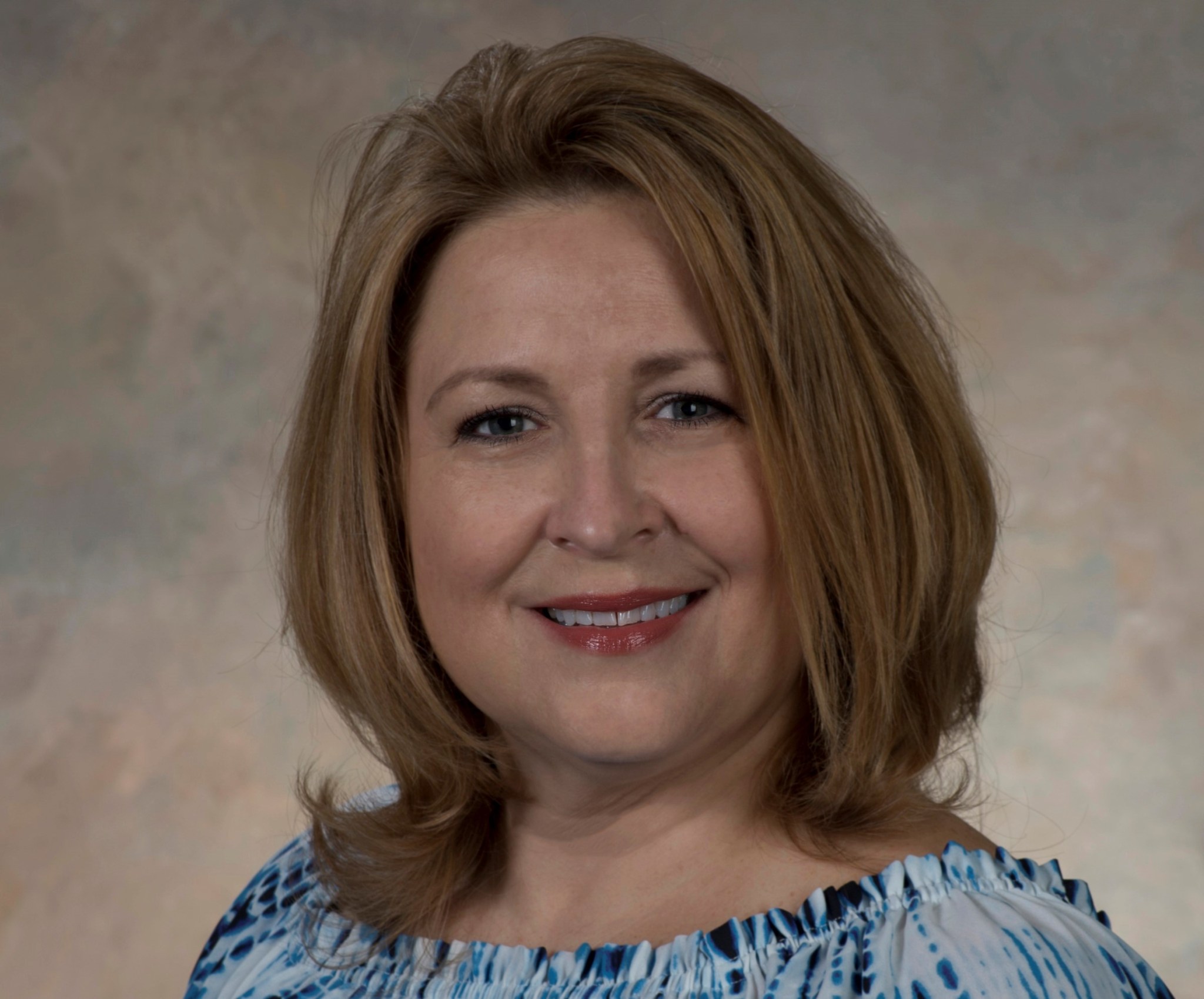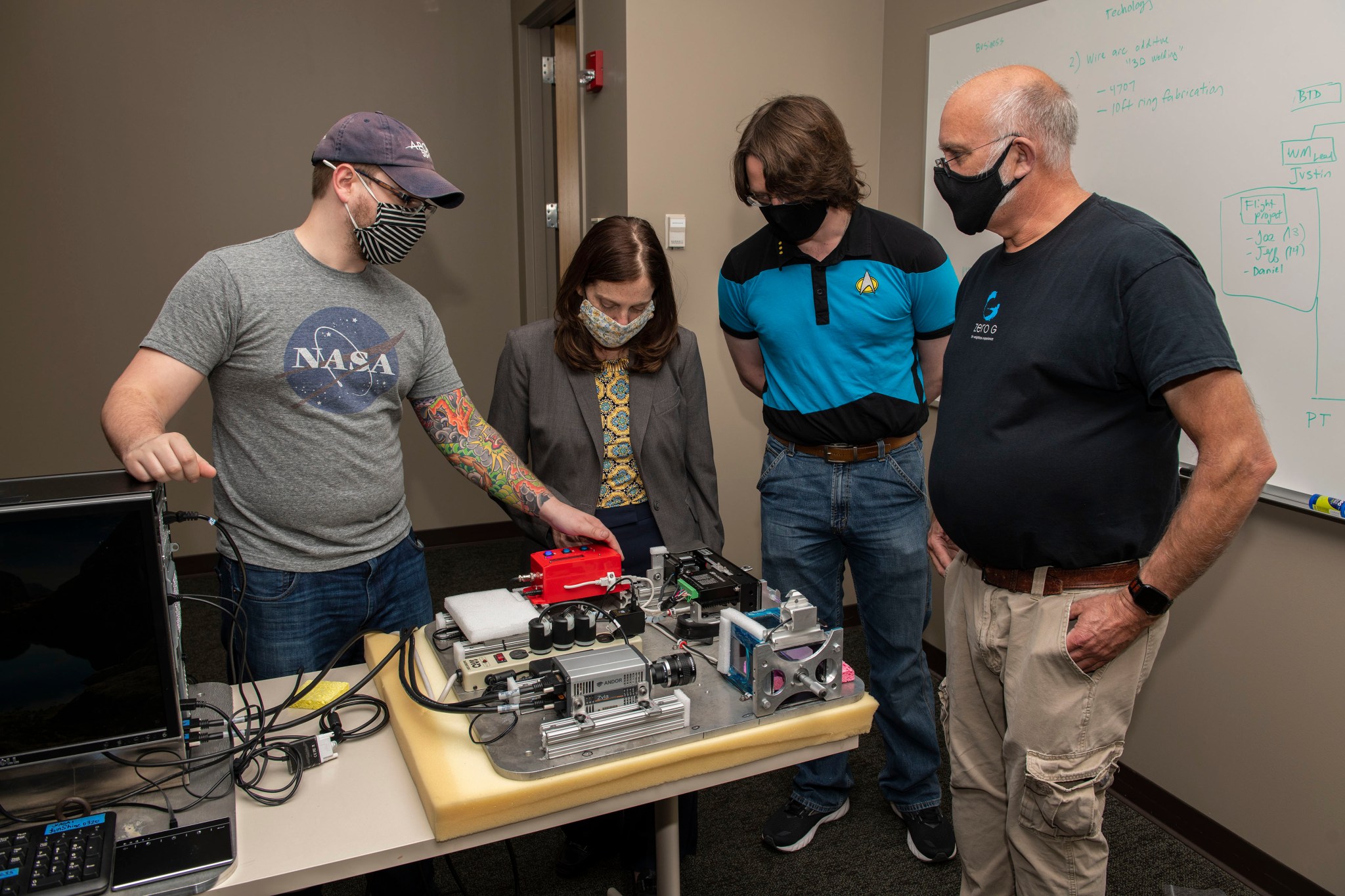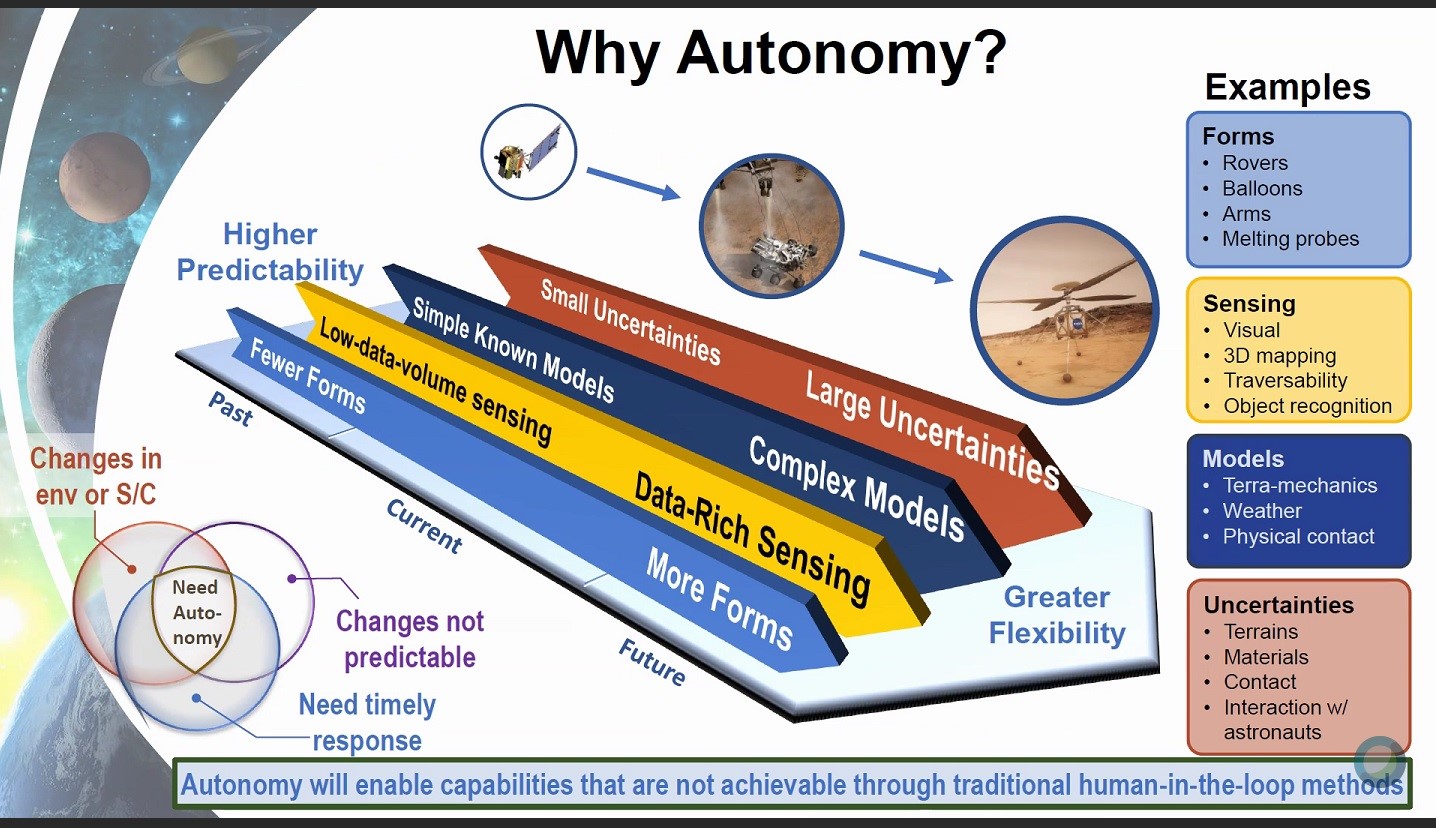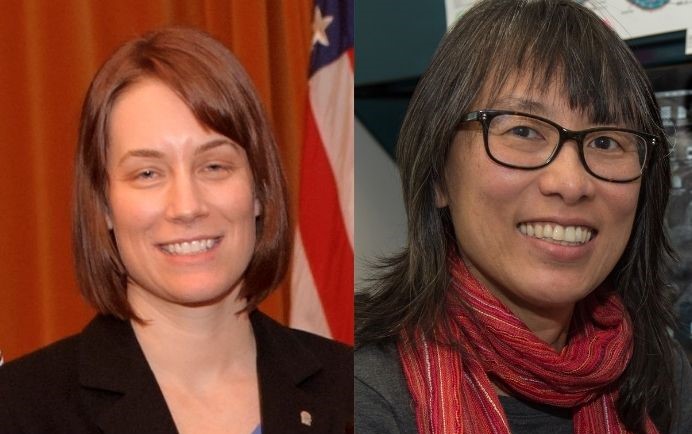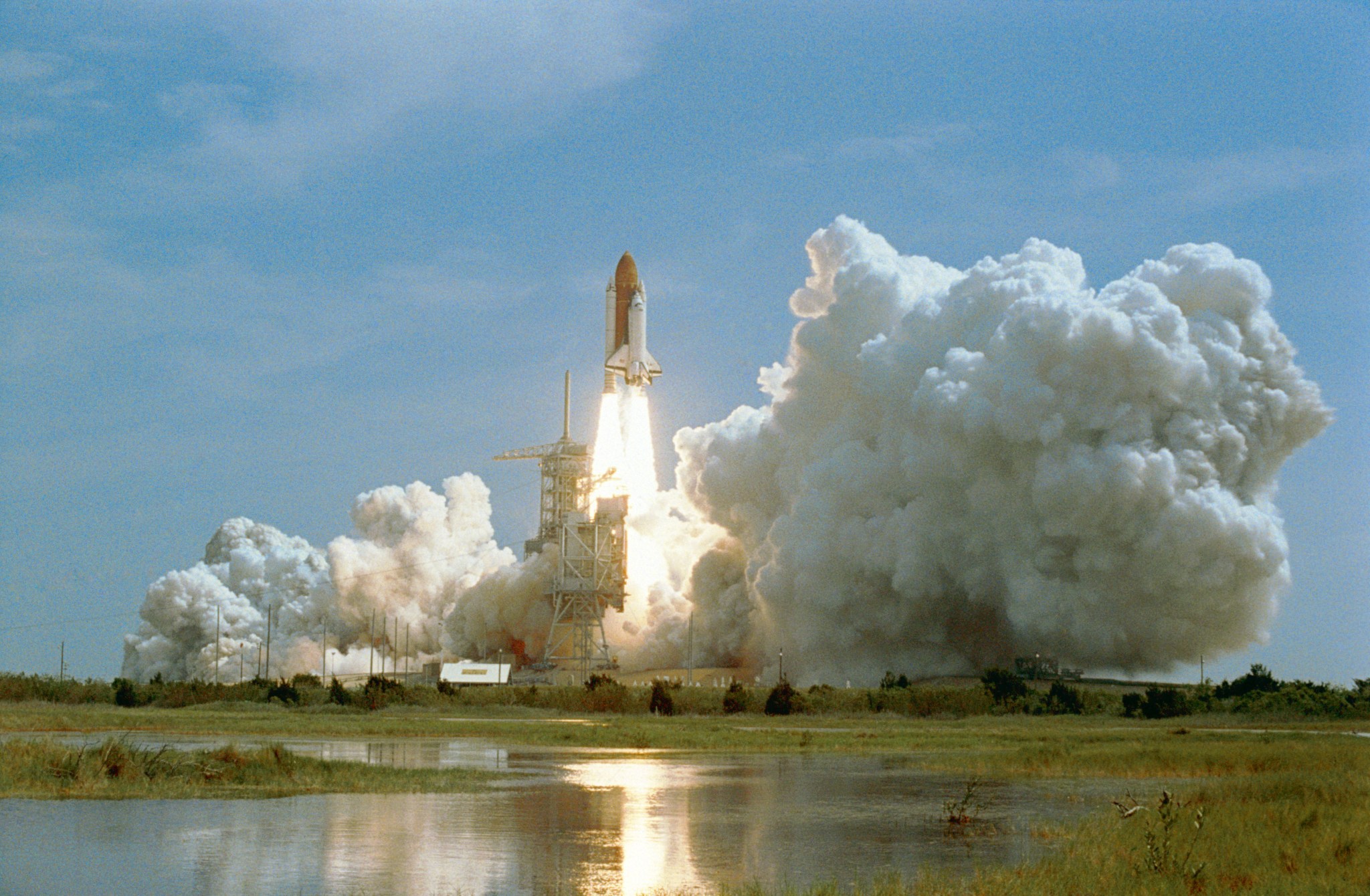NASA’s SpaceX Crew-2 Astronauts Launch to Space Station for 6-Month Stay
NASA’s SpaceX Crew-2 astronauts launched at 4:45 a.m. CDT April 23 from Launch Complex 39A at NASA’s Kennedy Space Center and boarded the International Space Station at 6:05 a.m. April 24 to begin the second commercial crew rotation mission aboard the microgravity laboratory.
The SpaceX Falcon 9 rocket propelled the Crew Dragon spacecraft, named Endeavour, with NASA astronauts Shane Kimbrough and Megan McArthur, along with Japan Aerospace Exploration Agency astronaut Akihiko Hoshide and European Space Agency astronaut Thomas Pesquet.
“It has been an incredible year for NASA and our Commercial Crew Program, with three crewed launches to the space station since last May,” acting NASA Administrator Steve Jurczyk said. “This is another important milestone for NASA, SpaceX, and our international partners at ESA and JAXA, and for the future of scientific research on board the space station. It will be an exciting moment to see our crews greet one another on station for our first crew handover under the Commercial Crew Program.”
The Crew-2 mission is the second of six crewed missions NASA and SpaceX will fly as part of the agency’s Commercial Crew Program. This mission has several firsts, including:
- First commercial crew mission to fly two international partners;
- First commercial crew handover between astronauts on the space station as Crew-1 and Crew-2 astronauts will spend about five days together on station before Crew-1 returns to Earth;
- First reuse of the Crew Dragon and Falcon 9 rocket on a crew mission – Endeavour flew the historic Demo-2 mission and the Falcon 9 flew astronauts on the Crew-1 mission; and,
- First time two commercial crew spacecraft will be docked to station at the same time.
“I’m really proud of the SpaceX team and honored to be partnered with NASA and helping JAXA and ESA as well,” said Elon Musk, chief engineer at SpaceX. “We’re thrilled to be a part of advancing human spaceflight and looking forward to going beyond Earth orbit to the Moon and Mars and helping make humanity a space-faring civilization and a multi-planet species one day.”
Kimbrough, McArthur, Hoshide, and Pesquet joined the Expedition 65 crew of Shannon Walker, Michael Hopkins, Victor Glover, and Mark Vande Hei of NASA, as well as Soichi Noguchi of JAXA and Roscosmos cosmonauts Oleg Novitskiy and Pyotr Dubrov. For a short time, the number of crew on the space station increased to 11 people. Crew-1 astronauts Walker, Hopkins, Glover, and Noguchi are scheduled to depart the station April 30 aboard the Crew Dragon Resilience, and return to Earth on May 1.
For Crew-2, team members at NASA’s Marshall Space Flight Center worked on certifying the first-time reuse of the Crew-1 booster for Crew-2. Marshall also worked on booster maintenance and refurbishment.
“I couldn’t be any prouder of the Marshall team,” said Marshall’s Steve Gaddis, launch vehicle deputy manager for the Commercial Crew Program. “This team has worked tirelessly the last few months to ensure a safe and reliable vehicle to deliver Crew-2 to the space station.”
Gaddis’ team has a long working relationship with SpaceX, having worked with the commercial partner to improve safety and reliability of the Merlin engines, stage propulsion, Draco and SuperDraco thrusters, the abort and flight termination systems, structures, materials and processes, fracture control, and integrated performance analyses.
The Crew-2 members will conduct science and maintenance during a six-month stay aboard the orbiting laboratory and will return no earlier than Oct. 31. The Crew Dragon spacecraft can stay in orbit for at least 210 days, which is a NASA requirement.
Adding more crew members aboard the microgravity laboratory increases the time available for scientific activities. The November 2020 arrival of the Crew-1 astronauts more than doubled crew hours spent on scientific research and support activities, and Crew-2 will continue the important investigations and technology demonstrations. The Payload Operations Integration Center at Marshall coordinates all U.S., European, Japanese, and Canadian scientific and commercial experiments on the station, synchronizes payload activities of international partners, and directs communications between station crewmembers and researchers around the world with onboard experiments.
Take 5 with Bill Hill
By Daniel Boyette
Bill Hill knows how to adapt. The son of an Air Force officer, he grew up globe-trotting, from his birthplace in England to attending high school in Japan.
The ability to quickly adjust has proven beneficial for Hill since he joined NASA’s Marshall Space Flight Center in 2019. He’s worked with two organizations and held three key positions, from director of advanced technology in the Science and Technology office in 2019, to deputy director of the Safety and Mission Assurance Directorate in 2020, to his current position as the directorate’s director, a role he was named to in January 2021. Hill came to Marshall from NASA Headquarters after serving five years as deputy associate administrator for Exploration Systems Development.
Growing up, Hill dreamed of being an astronaut. His favorite member of the corps was Ed White, the first American to conduct a spacewalk. Hill ultimately found himself in vital roles supporting astronauts in their exploration efforts. He joined NASA in 1994, and his proudest moments thus far come from his time with the Space Shuttle Program. He became the program’s assistant associate administrator in 2005 and helped safely execute the final 21 shuttle flight missions, which concluded in 2011. Previously, he was a senior integration manager for shuttle and led Return to Flight activities following the 2003 loss of space shuttle Columbia, and he also was lead safety manager for space shuttle operations.
As he approaches three decades with NASA, Hill has no intention of slowing down.
“I probably should retire someday,” he said, “but I’m having too much fun.”
Question: How do you encourage teamwork, collaboration, and integration, especially in this unprecedented telework environment?
Hill: It’s difficult because I’ve only met probably 30 people in Safety and Mission Assurance, face to face, mask to mask. But we keep up on Microsoft Teams; we do very frequent meetings. I do a monthly all-hands. I do something called “Lunch with Bill” – an informal get together once or twice a month to give our workforce the ability to directly interact with me. We try to make sure that we include everybody. One of the things I’ve done since last fall is to try to periodically have very small on-site meetings. I hope to do all my midterm reviews and performance reviews in person, with masks and social distancing, and I think it will be successful. It gives me the opportunity to see these people who thrive on interacting with other folks.
It is so much easier to have meetings with something like Teams, because with a couple of mouse clicks, you go from one meeting to the next. Whereas, on-site, the biggest struggle was finding a conference room. As we start coming back on-site, I think it’s going to be interesting and a little tougher, because we’re going to have to be completely mindful that we’ll have a blended workforce where some folks will come in, and others will be on Teams and remote. And we’ve got to make sure that the interaction is equivalent.
Question: How are you managing your personal and your team’s work-life balance, especially now, more than a year into the COVID-19 pandemic?
Hill: Initially, my computer was never off. I would get up early in the morning and log in at 5:30 or 6, and I’d still be on my computer at 5, 6, or 7 at night. I got to the point where I started encouraging people to shut their computer down. I think people are in a rhythm now and understand that they are allowed to walk away from the computer and walk away from their home office.
Question: How does your team honor and demonstrate NASA’s commitment to creating a diverse and inclusive environment where team members are valued for their unique contributions?
Hill: In Safety and Mission Assurance, it started well before I came on board. We have a demonstrated track record of diversity and inclusion within our management structure and with the people we hire. We’re very deliberate about it. I’m very deliberate about it.
When I was with Exploration Systems Development, a lot of folks wanted to minimize the number of people in meetings. The way I looked at it was, as transparent and inclusive I could be, the more I would benefit. Just because you don’t have a responsibility or you’re not accountable for something doesn’t mean you might not have an input. Everybody has an opinion, but everybody comes from a different background. And experiences that some folks bring to the table or to the Teams meeting are important. The slightest little bit of interjected thought or question may jog somebody else’s brain to say, “Hey, that’s possible.” So I really try to go out of the way to not exclude people in meetings.
Question: What key partnerships are your team pursuing to help NASA build and develop a sustainable presence on the Moon? Help push the boundaries of science, technology, and/or human exploration?
Hill: Safety and Mission Assurance is kind of unique at Marshall because we touch all programs – SLS, HLS, and the International Space Station, along with all the science and technology activities. So we have a unique position to foster safety and mission assurance across the center. We’ve been charged with trying to ensure safety and mission assurance for both astronauts as well as high-value hardware, and making sure we have mission success.
We’ll take a look at how we can do this differently with a different acquisition approach – firm-fixed price or a commercialized approach. I always want to have people who are willing to think about it differently and adapt. It’s something I learned from working with Bill Gerstenmaier [former associate administrator for the Human Exploration and Operations Mission Directorate] for 14 years. He always spoke of learning organizations and learning moments and making sure we pause and think about the past so that we can apply it to the future.
Question: Why do you think your team is successful at staying mission-focused?
Hill: We are part of ensuring that the mission is successful as well as safe, both from a quality engineering standpoint and safety. I strongly consider safety engineering and quality engineering as disciplines that, if the world was perfect, they would probably be in the engineering world, as opposed to a separate Safety and Mission Assurance organization. We’ve got smart people looking to adapt and make sure that we’re successful and focused on the mission. We have various and diverse missions to focus on.
Boyette, an LSINC Corporation employee and the Marshall Star editor, supports Marshall’s Office of Strategic Analysis & Communications.
Recent Take 5s
Rahul Ramachandran, manager of NASA’s Inter-Agency Implementation and Advanced Concepts Team at Marshall.
Susan Whitfield, Marshall’s director of human resources
Jason Detko, director of Marshall’s Office of Procurement
Rae Ann Meyer, deputy manager of Marshall’s Science and Technology Office
Loucious Hires, director of Marshall’s Office of Diversity and Equal Opportunity.
Amy Floyd Recognized as HEO HErO
Amy Floyd is the latest team member from NASA’s Marshall Space Flight Center to be named a HEO HErO. Floyd is lead for the Space Launch System Business Integration team, and she goes above and beyond to ensure analysis to multiple manifests are provided in a timely manner to support management strategic decisions. Each week, NASA’s Human Exploration and Operations Mission Directorate recognizes HEO HErOes, team members from across the agency who have made vital contributions in their support of NASA’s mission to land the first woman and first person of color on the Moon. (NASA)
Marshall Team Prepares for Weightlessness During Experiment in Parabolic Flights
A team of researchers at NASA’s Marshall Space Flight Center practices procedures with experimental hardware for upcoming parabolic flights. Team members are testing an experiment known as the Ring-Sheared Drop. Developed by Marshall and Rensselaer Polytechnic Institute of Troy, New York, the experiment will study the formation of potentially destructive amyloid fibrils, or protein clusters, like those found in the brain tissue of patients battling neurodegenerative diseases – such as Alzheimer’s and Parkinson’s. The team will fly on a modified Boeing 727 – named G-Force One – that achieves periods of variable gravity through a series of maneuvers called parabolas. The team will be able to interact with their hardware in zero gravity for 22 seconds at a time. NASA’s Flight Opportunities – part of NASA’s Space Technology Mission Directorate – makes this possible by facilitating rapid demonstration of promising technologies for space exploration, discovery, and the expansion of space commerce. The program matures capabilities needed for NASA missions and commercial applications while strategically investing in the growth of the U.S. commercial spaceflight industry. The Ring-Sheared Drop team is scheduled to fly with their hardware April 28 and 29 on a parabolic flight managed by Zero G of Fort Lauderdale, Florida. Follow NASA’s Watch the Skies blog in the coming weeks for the latest updates on the team, the parabolic flight, and the results of the Ring-Sheared Drop experiment. (NASA/Fred Deaton)
Bubbles with Titanium Trigger Titanic Explosions
Scientists have found fragments of titanium blasting out of a famous supernova. This discovery, made with NASA’s Chandra X-ray Observatory, could be a major step in pinpointing exactly how some giant stars explode.
This work is based on Chandra observations of the remains of a supernova called Cassiopeia A (Cas A), located in the Milky Way Galaxy about 11,000 light-years from Earth. This is one of the youngest known supernova remnants, with an age of about 350 years.
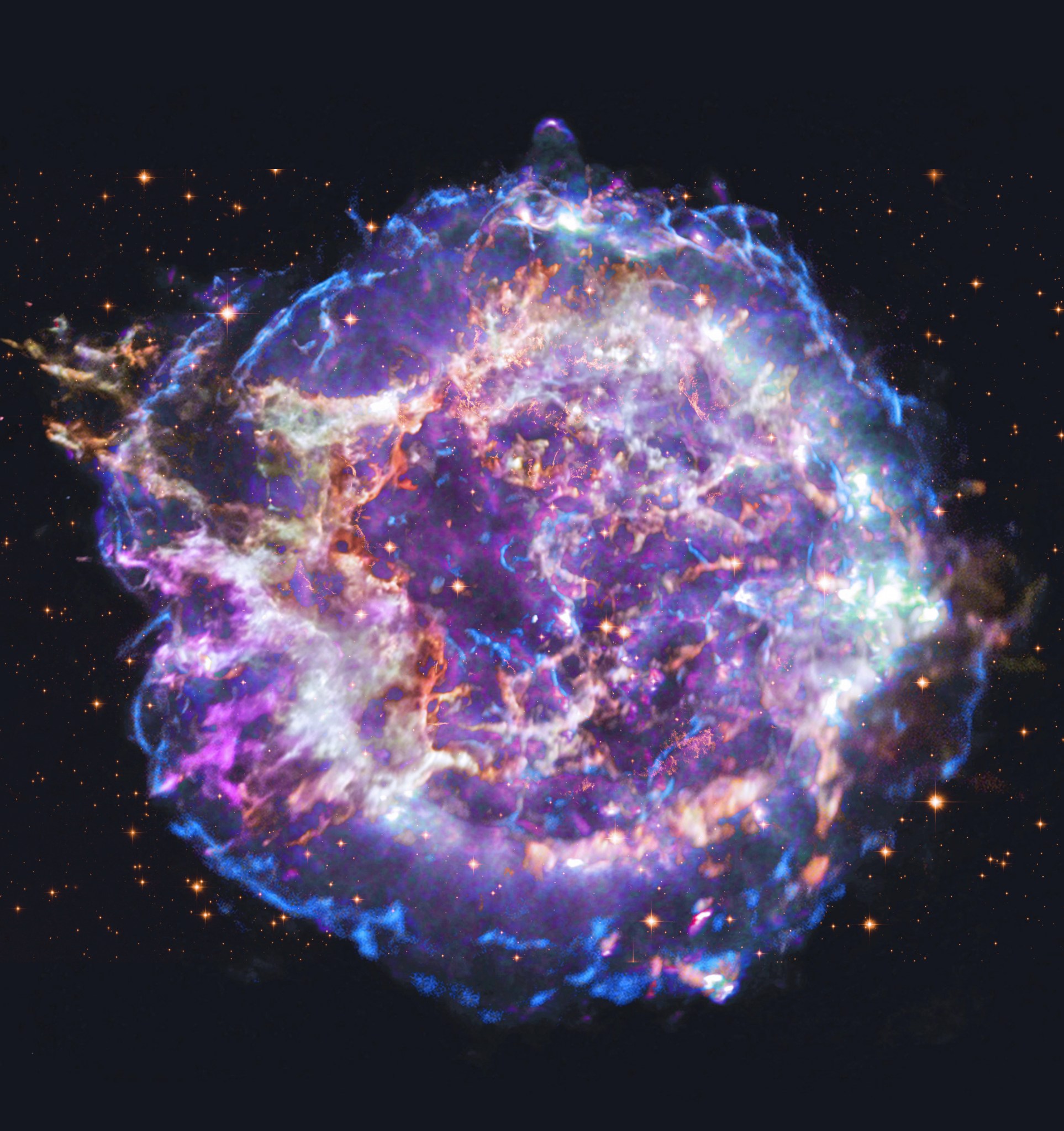
For years, scientists have struggled to understand how massive stars – those with masses over about 10 times that of the Sun – explode when they run out of fuel. This result provides an invaluable new clue.
“Scientists think most of the titanium that is used in our daily lives – such as in electronics or jewelry – is produced in a massive star’s explosion,” said Toshiki Sato of Rikkyo University in Japan, who led the study that appears in the journal Nature. “However, until now scientists have never been able to capture the moment just after stable titanium is made.”
When the nuclear power source of a massive star runs out, the center collapses under gravity and forms either a dense stellar core called a neutron star or, less often, a black hole. When a neutron star is created, the inside of the collapsing massive star bounces off the surface of the stellar core, reversing the implosion.
The heat from this cataclysmic event produces a shock wave – similar to a sonic boom from a supersonic jet – that races outwards through the rest of the doomed star, producing new elements by nuclear reactions as it goes. However, in many computer models of this process, energy is quickly lost and the shock wave’s journey outward stalls, preventing the supernova explosion.
Recent three-dimensional computer simulations suggest that neutrinos – very low-mass subatomic particles – made in the creation of the neutron star play a crucial role in driving bubbles that speed away from the neutron star. These bubbles continue driving the shock wave forward to trigger the supernova explosion.
With the new study of Cas A, the team discovered powerful evidence for such a neutrino-driven explosion. In the Chandra data, they found that finger-shaped structures pointing away from the explosion site contain titanium and chromium, coinciding with iron debris previously detected with Chandra. The conditions required for the creation of these elements in nuclear reactions, such as the temperature and density, match those of bubbles in simulations that drive the explosions.
The titanium that was found by Chandra in Cas A and that is predicted by these simulations is a stable isotope of the element, meaning that the number of neutrons its atoms contain implies that it does not change by radioactivity into a different, lighter element. Previously, astronomers had used NASA’s NuSTAR telescope to discover an unstable isotope of titanium in different locations in Cas A. Every 60 years, about half of this titanium isotope transforms into scandium and then calcium.
“We have never seen this signature of titanium bubbles in a supernova remnant before, a result that was only possible with Chandra’s incredibly sharp images,” said co-author Keiichi Maeda of Kyoto University in Japan. “Our result is an important step in solving the problem of how these stars explode as supernovae.”
“When the supernova happened, titanium fragments were produced deep inside the massive star,” said co-author Shigehiro Nagataki of the RIKEN Cluster for Pioneering Research in Japan. “The fragments penetrated the surface of the massive star, forming the rim of the supernova remnant, Cas A,”
These results strongly support the idea of a neutrino-driven explosion to explain at least some supernovae.
Astronomers used over a million and half seconds, or over 18 days, of Chandra observing time from the supernova Cassiopeia A (Cas A) taken between 2000 and 2018. The amount of stable titanium produced in Cas A exceeds the total mass of the Earth.
NASA’s Marshall Space Flight Center manages the Chandra program. The Smithsonian Astrophysical Observatory’s Chandra X-ray Center controls science from Cambridge Massachusetts and flight operations from Burlington, Massachusetts.
Read more from NASA’s Chandra X-ray Observatory here. For more Chandra images, multimedia, and related materials, visit here.
Science Mission Directorate Technologists Deliver April Tech Talk
Nicole Rayl, acting chief technologist for NASA’s Science Mission Directorate, and Florence Tan, the directorate’s deputy chief technologist, gave a virtual Tech Talk for team members at NASA’s Marshall Space Flight Center on April 22.
Rayl spoke about the directorate’s current technology portfolio, as well as the technology gaps in each of the directorate’s four divisions. She also spoke about their four top theme areas – small satellites, autonomy, quantum, and in-space assembly – and the gaps in each area. Rayl presented the challenges she sees in technology development and infusion in the directorate.
Tan provided a review of an autonomy workshop and emphasized the importance and benefits of autonomous technology. She also discussed the Small Spacecraft Working Group, which advises the agency’s associate administrators on strategy to guide cross-agency initiatives, relevant policies, and programmatic scope and priorities.
The Tech Talk series is presented by Marshall’s Chief Technologist’s Office.
Marshall’s ‘A Culture of Inclusion’ Mentoring Event Set for May 4
NASA’s Marshall Space Flight Center will host a virtual mentoring event – titled “A Culture of Inclusion” – on May 4, featuring presentations from Marshall leaders and mentoring program advocates. The event is scheduled for noon to 3:45 p.m. and is designed to build, sustain, and evolve a culture of Inclusion.
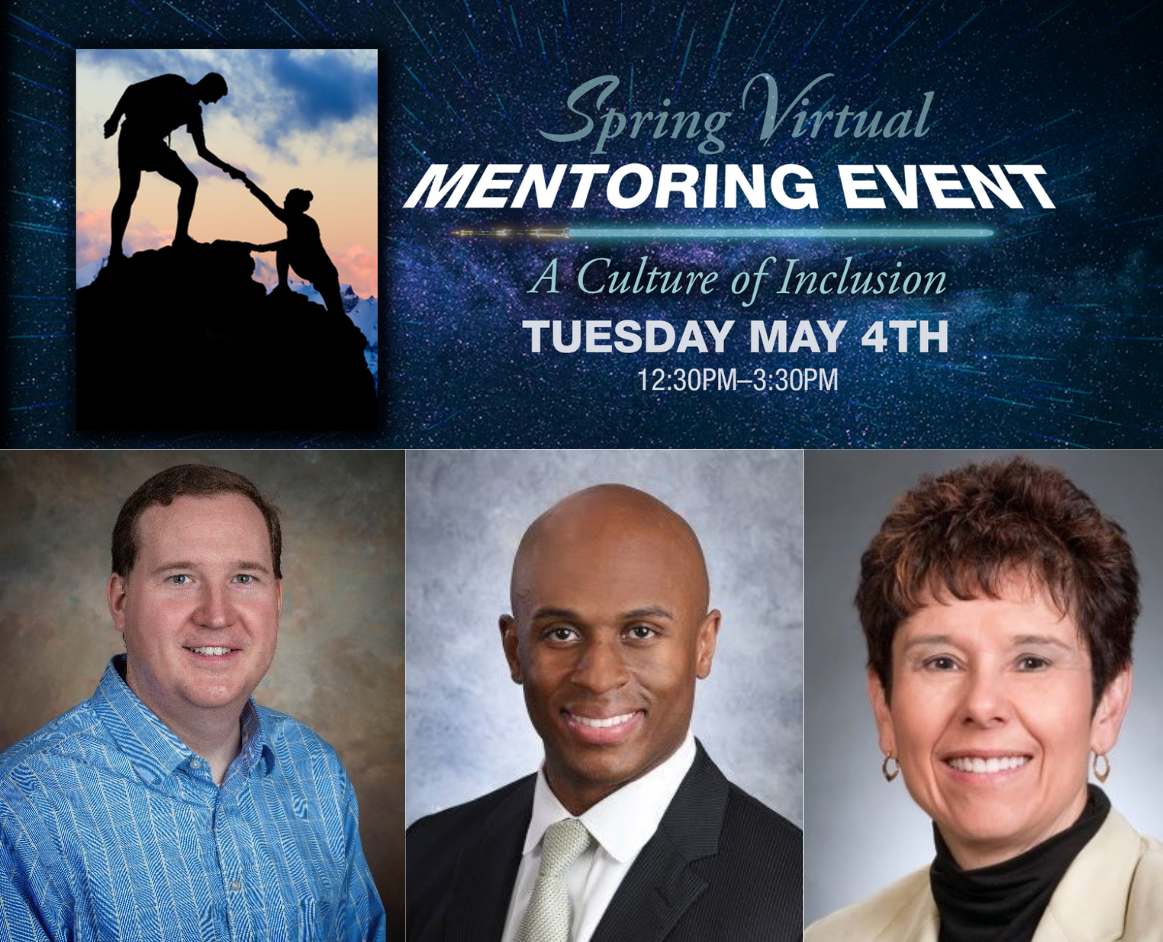
Keynote speakers will be Dr. Marla Peréz-Davis, director of NASA’s Glenn Research Center; Kyle Buchanan, president of Helen Keller Hospital in Sheffield, Alabama; and John Dankanich, Marshall chief technologist.
“Our Marshall team of civil servants and contractors are entrusted by the nation to plan and execute many complex missions that further the knowledge about our planet, our solar system, and beyond,” said Rick Burt, Marshall deputy director. “Mission success is our common objective. The talent we have in our workforce is only fully realized when we encourage and demonstrate a culture of diversity, equity, and inclusion to bring out the best in creativity, innovation, and active involvement while creating and sustaining a comfort zone for everyone being able to speak up and be heard.”
To register, visit SATERN and search “Mentoring Event: A Culture of Inclusion,” or the course ID MSFC-TRN16-SMSM.
Speed mentoring session space is limited, so team members are encouraged to sign up early. Sessions will cover the topics of diversity, equity, empowerment, inclusion, respect, trust, and culture. Each meeting will be 20 minutes and allow up to seven mentees.
The April 2011 Alabama Tornadoes: 10 Years Later
On April 27, 2011, more than 60 tornadoes tore across Alabama over 18 hours. Robby Newton, a chemist in the Environmental Control and Life Support System Development Branch at NASA’s Marshall Space Flight Center, was one of the team members whose home – located in Harvest – was destroyed during the tornadoes. He and his family rebuilt their home and reoccupied it just a year after the storms. For detailed information on the tornadoes, including weather data contributed by the Short-term Prediction Research and Transition Center team at Marshall, visit the National Weather Service’s interactive data story that recounts the devastating event. (NASA/Robby Newton)
This Week in NASA History: Spacelab D-2 Module Launches – April 26, 1993
This week in 1993, space shuttle Columbia, mission STS-55, launched from NASA’s Kennedy Space Center carrying an international crew of seven in support of the Spacelab D-2 mission. D-2 became the second Spacelab flight under German mission management. Two teams performed around-the-clock operations, conducting 88 experiments covering materials and life sciences, technology applications, Earth observations, astronomy, and atmospheric physics. NASA’s Marshall Space Flight Center was responsible for managing the Spacelab missions. Today, the Payload Operations Integration Center at Marshall serves as “science central” for the International Space Station, working 24/7, 365 days a year in support of the orbiting laboratory’s science experiments. After 20 years of continuous human presence, the space station remains the sole space-based proving ground and stepping stone toward achieving the goals of the Artemis program. The NASA History Program is responsible for generating, disseminating, and preserving NASA’s remarkable history and providing a comprehensive understanding of the institutional, cultural, social, political, economic, technological, and scientific aspects of NASA’s activities in aeronautics and space. For more pictures like this one and to connect to NASA’s history, visit the Marshall History Program’s webpage. (NASA)















